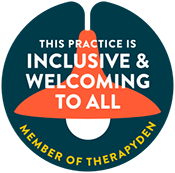Navigating school can be challenging for any student, but for those living with Obsessive-Compulsive Disorder (OCD), the academic environment often presents unique hurdles. From managing intrusive thoughts during class to handling compulsions in social settings, students with OCD may feel overwhelmed, isolated, or misunderstood. These challenges can impact not only academic performance but also emotional well-being and peer relationships. The good news? With the right tools, support systems, and coping strategies in place, students with OCD can thrive in school.
At Anchor Therapy, we work closely with students, parents, and educators to create supportive environments that reduce anxiety and encourage healthy coping. In this blog, we will explore practical strategies for managing OCD symptoms throughout the school day, from preparing in the morning to handling difficult moments in the classroom. Whether you are a student, parent, or school professional, these tools can help build resilience, foster independence, and promote success both inside and outside the classroom.
















